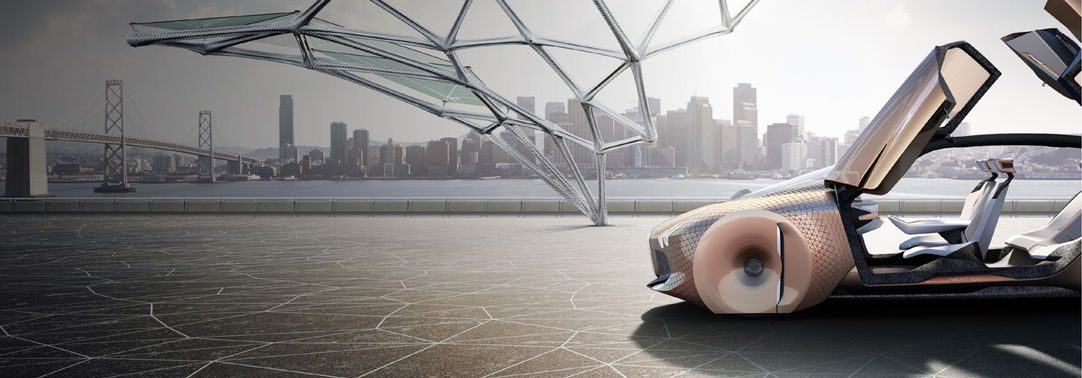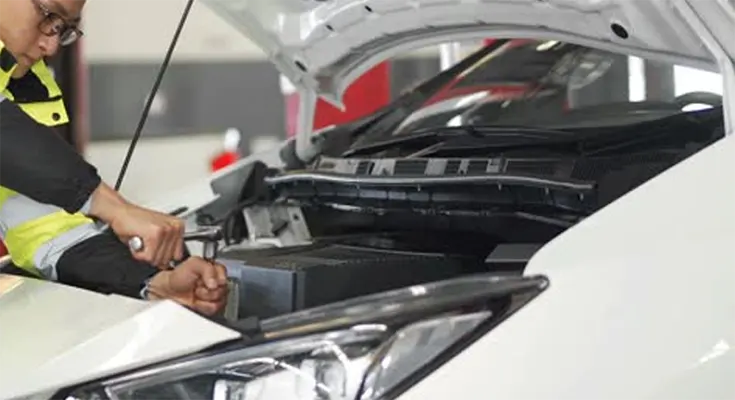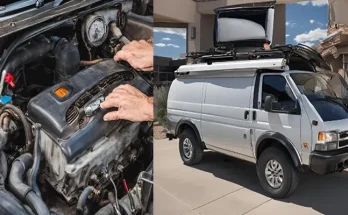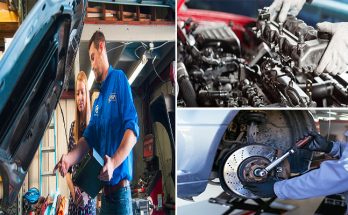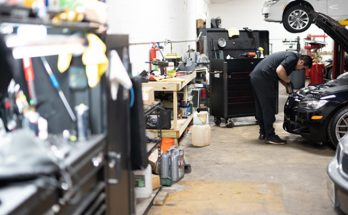Electric vehicles (EVs) are becoming increasingly popular due to their environmental benefits, cost savings, and advanced technology. With fewer moving parts compared to traditional gasoline-powered cars, EVs require less maintenance, making them a more convenient choice for many drivers. However, like all vehicles, electric cars still need regular care to ensure long-term performance, reliability, and safety. In this article, we’ll explore the essential aspects of electric car maintenance and provide tips to keep your EV running smoothly.
The Basics of Electric Car Maintenance
Electric vehicles may seem simpler in design due to the absence of a gasoline engine, but they still require attention in a few key areas to ensure peak performance. Regular maintenance tasks for EVs differ slightly from those of traditional vehicles, but they are just as important.
Here’s a look at the core maintenance areas for electric cars:
1. Battery Care and Maintenance
The heart of every electric car is its battery, and it’s essential to keep it in top condition to ensure the vehicle’s longevity and range. The battery in an EV can last a long time—usually 8-10 years—but it’s crucial to follow best practices to maximize its lifespan.
- Regular Charging: Avoid letting the battery fully deplete before recharging. For optimal health, it’s best to keep the battery between 20% and 80% charged.
- Avoid Overcharging: Many modern EVs are equipped with systems that prevent overcharging, but it’s still a good habit to unplug the vehicle when it reaches 100% if possible.
- Climate Control: Extreme temperatures (both hot and cold) can affect battery performance. If you live in a region with extreme weather conditions, you may want to park your EV in a garage or install thermal management systems (if available) to protect the battery.
- Battery Health Monitoring: Many EVs have built-in systems that monitor battery health and performance. Be sure to periodically check for any alerts or degradation warnings.
2. Tire Maintenance
Like any other vehicle, tires on an electric car are subject to wear and tear, and since EVs are heavier than traditional vehicles (due to the battery pack), they may experience faster tire wear.
- Tire Pressure: Regularly check tire pressure, as under-inflated tires can reduce efficiency and increase wear. Proper tire pressure helps with smooth driving and maximizes the EV’s range.
- Tire Rotation: EVs benefit from regular tire rotations to ensure even wear. Rotate tires at least every 6,000 to 8,000 miles (or according to manufacturer recommendations).
- Tire Replacement: Keep an eye on tire tread. If the tread is too worn, replace the tires to ensure safe driving and maintain the vehicle’s handling performance.
3. Brake System Maintenance
One of the benefits of electric vehicles is regenerative braking, which recovers energy while slowing the vehicle down. This reduces the amount of wear on the brake pads, extending their lifespan significantly compared to traditional vehicles.
- Brake Fluid: Even though EVs don’t require frequent brake pad replacements, it’s still important to monitor brake fluid levels and replace it as needed.
- Brake Inspection: While EVs don’t use their brakes as much as gasoline vehicles, it’s essential to have your brakes inspected periodically. Over time, the brake system might still require maintenance for optimal stopping power.
4. Coolant System
Although electric cars don’t have an internal combustion engine, many EVs use a liquid cooling system to regulate the temperature of the battery, motor, and other components. Proper coolant maintenance is vital to prevent overheating and ensure smooth performance.
- Coolant Replacement: Follow the manufacturer’s recommendations for when to replace the coolant. Most EVs require coolant replacement every 4-5 years, but this can vary depending on the model.
- Monitor for Leaks: Ensure that there are no leaks in the coolant system. If you notice a decrease in coolant levels, get it checked by a professional.
5. Air Filters and Cabin Maintenance
Just like conventional vehicles, EVs also have cabin air filters that need to be changed periodically. Cabin air filters help remove dust, pollen, and other airborne particles to maintain air quality inside the vehicle.
- Air Filter Replacement: Replace the cabin air filter every 15,000 to 30,000 miles or based on the manufacturer’s recommendation.
- HVAC System: Keep an eye on the heating, ventilation, and air conditioning (HVAC) system. While electric vehicles don’t have an engine to produce heat, they still rely on electric heating elements to warm the cabin. Regular inspection of this system will ensure that you stay comfortable year-round.
6. Software Updates
Modern electric vehicles come with sophisticated software that controls everything from driving performance to energy efficiency. Manufacturers periodically release software updates to enhance vehicle performance, fix bugs, or even improve battery management.
- Software Updates: Many EVs receive over-the-air software updates, which can improve various features such as navigation, charging efficiency, and battery optimization. It’s important to ensure that your EV is always up to date with the latest software patches.
- Diagnostics: EVs often have self-diagnostic systems that alert drivers to any issues via a smartphone app or in-vehicle display. Make sure to address any warnings or alerts promptly.
7. Wiper Blades and Exterior Maintenance
Despite their modern design, electric cars still have many of the same exterior maintenance needs as traditional vehicles, including wiper blades, windshield cleaning, and overall body care.
- Wiper Blades: Check wiper blades regularly and replace them as needed. Worn-out wipers can decrease visibility, which is especially critical in adverse weather conditions.
- Cleaning: Wash your EV regularly to maintain its aesthetic and prevent dirt and debris from affecting the paint and components. While electric vehicles are less prone to rust, it’s always good to keep the exterior clean to protect the body.
8. Charging System Maintenance
The charging system, both at home and at public stations, is essential for keeping your electric car powered. Over time, the connectors and charging ports may experience wear or require cleaning.
- Charging Port Cleaning: Make sure the charging port is clean and free of debris to avoid poor connections or potential damage.
- Charging Equipment: Inspect your home charging equipment to ensure it’s working efficiently. If you notice any issues with the charging speed, it might be time to have it inspected.
Electric car maintenance is generally simpler and less frequent than that of traditional gasoline-powered vehicles, but it is still necessary to keep your EV in top shape. By regularly maintaining key components like the battery, tires, brakes, and cooling system, you can ensure your electric car runs efficiently for many years to come.
Remember, while EVs require fewer visits to the mechanic, staying proactive about routine maintenance will help you get the most out of your electric vehicle. By following these maintenance tips and keeping an eye on the health of your car, you can enjoy a smooth, eco-friendly driving experience for the long haul.

